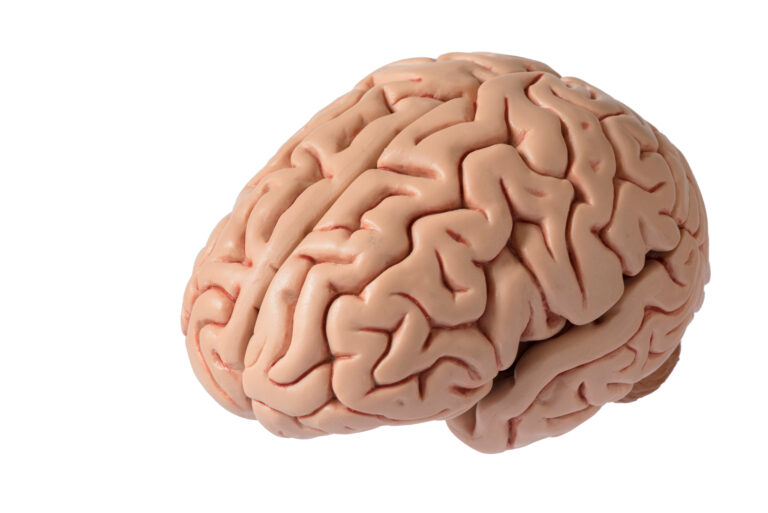Neurodegenerative diseases, such as Alzheimer’s and Parkinson’s, are a growing global health concern. These diseases are characterized by the gradual and irreversible loss of neurons in the brain, leading to impairment of memory, movement, and other important functions. Despite decades of research, the underlying causes of these diseases remain elusive. However, recent breakthroughs in understanding the role of microglia in neurodegeneration have opened up exciting new possibilities for treatment and prevention.
Microglia are a type of glial cell that make up approximately 10-15% of all cells in the brain. They were originally thought to primarily act as support cells for neurons, providing structural support and aiding in their survival. However, emerging evidence has shown that microglia play a crucial role in immune response and maintenance of brain homeostasis.
In a healthy brain, microglia constantly survey their surroundings and are responsible for removing any potential toxins or damaged cells. They do this through a process called phagocytosis, where they engulf and dispose of harmful substances. This function is essential for maintaining a healthy and functioning brain.
However, in neurodegenerative diseases, microglia become overactivated and produce an excessive amount of inflammatory molecules, such as cytokines and reactive oxygen species. This chronic inflammation can damage healthy neurons and lead to their death, contributing to the progression of the disease.
For many years, researchers believed that amyloid-beta (Aβ) plaques, a hallmark feature of Alzheimer’s disease, were the main cause of neurodegeneration. However, recent studies have shown that microglia may play a more significant role in the development and progression of the disease.
One study published in Nature Neuroscience found that microglia were not only involved in the removal of Aβ plaques but also played a critical role in the formation of these plaques. The researchers discovered that when microglia were depleted in mouse models of Alzheimer’s disease, there was a significant reduction in the number of Aβ plaques, suggesting that microglia may actually contribute to the development of the disease.
Another study, published in Cell Reports, found that microglia play a crucial role in the spread of tau protein, another hallmark feature of neurodegenerative diseases. The researchers found that microglia could engulf and transport tau from one neuron to another, contributing to the spread of tau pathology and disease progression.
These groundbreaking findings have led to a new understanding of microglia’s role in neurodegeneration. It is now believed that microglia may be the key link between the accumulation of toxic proteins and the progression of neurodegenerative diseases.
Additionally, researchers have discovered that microglia have different subtypes with unique functions. Some subtypes are beneficial and aid in maintaining brain health, while others are harmful and contribute to neuroinflammation and disease progression. This new discovery has opened up the possibility of targeting specific subtypes of microglia for treatment purposes.
One study published in Nature Communications found that targeting a specific subtype of microglia reduced neuroinflammation and improved cognitive function in mouse models of Alzheimer’s disease. This study provides evidence that developing therapies targeted towards microglial subtypes may be a promising avenue for treating neurodegenerative diseases.
Furthermore, researchers have also identified potential therapeutic targets for modulating microglia activity. For example, one study published in Science Translational Medicine found that targeting a specific receptor on microglia reduced neuroinflammation and improved cognitive function in mouse models of Alzheimer’s disease.
These findings have significant implications for the development of new treatments for neurodegenerative diseases. By targeting and modulating microglia activity, it may be possible to slow or even halt the progression of these devastating diseases.
In addition to potential therapeutic interventions, understanding the role of microglia in neurodegeneration has also opened up new avenues for early detection and prevention. With a better understanding of the early stages of microglia dysfunction, it may be possible to identify individuals at high risk for developing neurodegenerative diseases and intervene before significant neuronal damage occurs.
In conclusion, the breakthrough in understanding the role of microglia in neurodegeneration has shed light on the complex mechanisms underlying these diseases. It has highlighted the importance of microglia in maintaining brain health and provided potential targets for treatment and prevention. While there is still much to learn, these findings have opened up exciting new possibilities for combatting neurodegenerative diseases and bringing hope to those affected by them.





